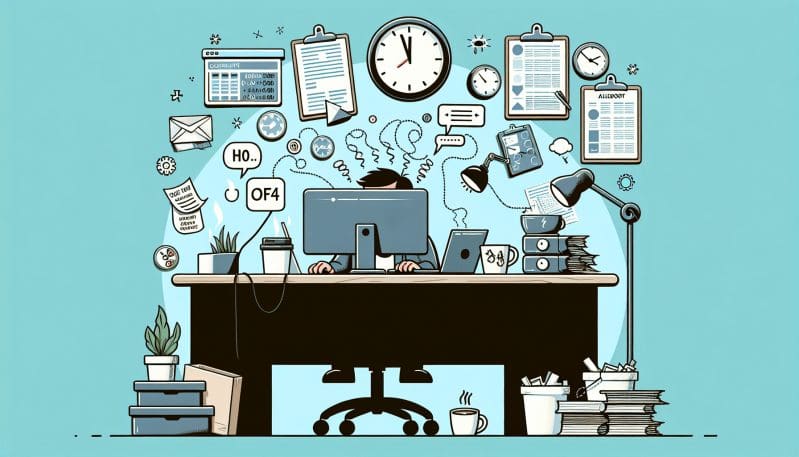The Invisible Labor: Addressing Burnout in the Always-On Work Culture
- Home
- The Invisible Labor: Addressing Burnout in the Always-On Work Culture

- Editors Desk
- March 25, 2024
- 0 Comments
In the glow of computer screens and amidst the endless ping of notifications, today’s workforce is entrenched in an ‘always-on’ work culture that worships the hustle and seldom sleeps. It’s a badge of honor, worn by many, symbolizing a relentless drive for productivity and success. Yet, beneath this shiny exterior lurks an insidious adversary—burnout. It is the invisible labor that chips away at mental health, erodes personal boundaries, and leaves a trail of professional exhaustion in its wake.
As readers who value the in-depth analysis and narrative sophistication akin to outlets like the Washington Post, The New Yorker, and The New York Times, you understand that the conversation around work extends far beyond salary and benefits. It touches the very core of our wellbeing. Today, we navigate the psychological and emotional costs of an ever-demanding work environment, especially magnified in remote or hybrid settings where the division between work and personal space has all but vanished.
The normalization of working beyond capacity has not just been accepted; it has been glorified. Emails at midnight, the expectation of immediate responses, and the conflation of ‘busy’ with ‘productive’ are but symptoms of a larger sickness. The result? A workforce teetering on the edge of a burnout epidemic.
Employers—those at the helm of creating and sustaining work culture—bear responsibility for their role in either perpetuating this cycle or actively working to disrupt it. To foster a culture of well-being, corporations and small businesses alike must pivot from measuring performance purely by output to valuing the health of their employees as equally vital to the company’s success.
So where does one begin? A multipronged approach is necessary, starting from the top down. Leadership must model and prioritize mental health by setting clear boundaries and encouraging employees to do the same. Resources for managing stress, such as access to mental health services, should be readily available. Work schedules can be made more flexible, allowing for periods of rest and recovery. Additionally, promoting a culture of transparency where employees can voice their concerns without fear of retribution is essential.
For individuals caught in the throes of hustle culture, self-care is not merely a trendy buzzword; it is an imperative survival strategy. Self-care strategies need not be grandiose; they can be as simple as taking regular breaks, setting firm work-life boundaries, engaging in physical activity, or pursuing hobbies.
In conclusion, the workplace has evolved, and it’s time for our attitudes towards work to evolve alongside it. As we collectively recognize and confront the toll of invisible labor, we begin to pave the way towards a healthier, more sustainable work culture—one where success is not measured by exhaustion, but by the vigor and vitality of its workforce.
Together, let’s redefine what it means to be productive, reshaping the work environment into a space that values well-being as much as it values output. Because when we take care of our workers, we take care of our work too.
